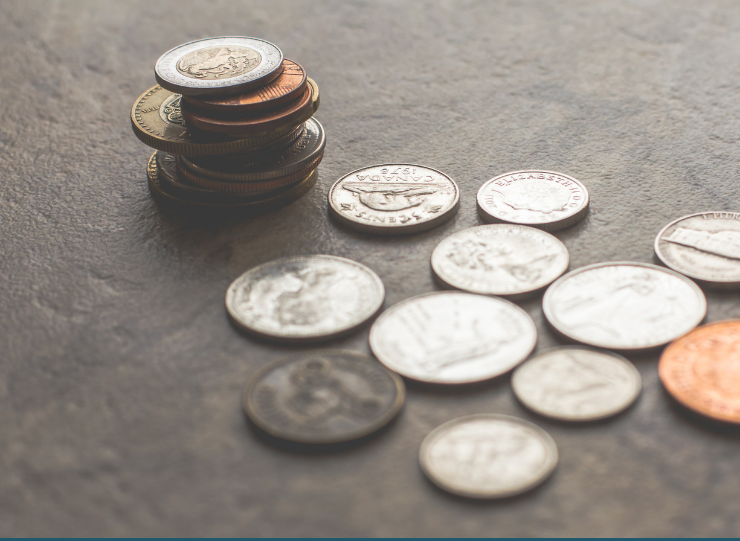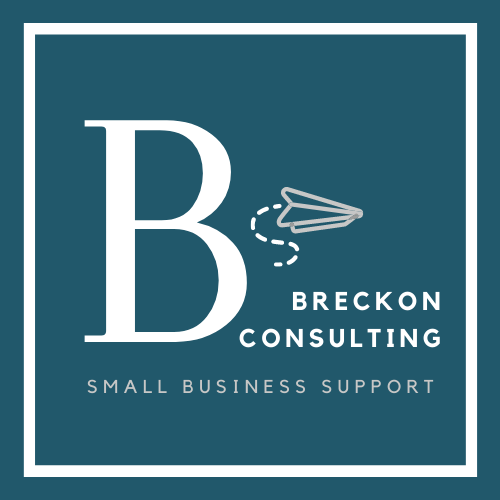Let’s talk about the trading allowance!

What is it?
The trading allowance can give you an extra £1,000.00 of tax-free income per year. It was introduced by HMRC to make is easier for people to earn money from side hustles, hobby businesses or casual selling.
As long as your total income (and remember this income, not profits) from these avenues is under £1,000.00, you don’t need to register with HMRC for self-assessment and you don’t need to declare this income. You will still need to keep records of your income and expenditure to prove that your income is below the taxable threshold. You will need to keep these records for 6 years.
If you are already registered as self-employed, you can still utilise the trading allowance, but remember, HMRC sees sole traders as a single entity, so each year you will have to decide whether you should use the trading allowance or deduct your allowable expenses across the whole of your trade. For example, you have a small business selling crochet headbands and a business as a dog walker (both as a sole trader). You can’t use the trading allowance for the crochet and deduct expenses for the dog walking, it’s one or the other.
What do I need to watch out for?
- If your income from this exceeds £1000 you MUST register for self-assessment. You can still claim the allowance, but this will now form part of your tax return.
- Using the trading allowance will disallow all other expenses. Depending on the value of your other expenses, you could be paying more tax than you need.
- The trading allowance only applies to income generated from self-employment carried out as an individual (a sole trader). If you are part of a partnership or are the Director of a Limited Company, the trading allowance won’t apply.
- The trading allowance cannot be used against any income received under the SEISS grant scheme.
